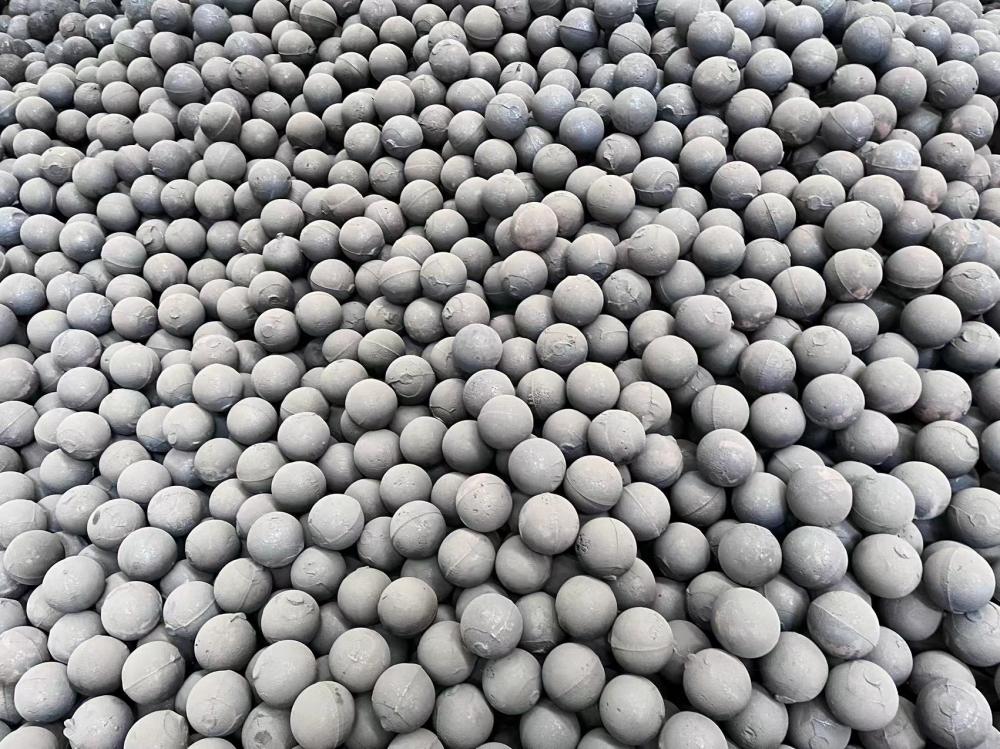Wet-attached natural stone floors and walls can develop a phenomenon known as "efflorescence" during installation. Initially, the stone blocks may appear to have "watermarks." As the mortar dries and hardens, these marks may shrink or even disappear. However, over time—especially in areas prone to frequent rain or damp conditions—the moisture can penetrate through the stone, slate, or wall roots, causing the "watermarks" to expand and merge between the joints. This leads to discoloration, reduced gloss, and the formation of white crystalline deposits at the seams, which can persist for years. This unsightly issue is commonly referred to as the "pan-alkali" effect.
Cause Analysis
Natural stone has relatively large crystal structures with numerous tiny capillaries that are not visible to the naked eye. For example, granite typically has a porosity of 0.5% to 1.5%, while marble ranges from 0.5% to 2.0%. These pores make natural stone less impermeable compared to standard cement mortar. Even though granite has a low water absorption rate (0.2% to 1.7%), water can still seep through the capillaries on the other side. This characteristic, combined with the presence of capillary spaces, allows water, alkalis, and salts from the bonding material to infiltrate the stone.
The binding materials used in construction, such as cement, release substances like alkalis and salts. These compounds can enter the stone’s capillaries and cause efflorescence. Calcium hydroxide, for instance, can be carried by excess mixing water into the stone through its capillaries. The more water used in the mix, the more calcium hydroxide is transported to the surface. Once the water evaporates, this compound accumulates within the stone, forming the visible white deposits. Water acts as both a solvent and a carrier for these efflorescent materials.
Main Causes of Water Infiltration into Stone Surfaces:
- Seams are often filled with cement-based mortar, which offers limited waterproofing protection.
- Surface water can easily penetrate the stone, especially if it's not properly sealed.
- Excessive water is sometimes used during installation, leading to moisture penetration and the dissolution of calcium hydroxide and other salts into the stone’s capillaries, resulting in pan-alkali formation.
Prevention and Remediation Strategies
Once efflorescence appears on natural stone surfaces, it indicates that soluble alkalis or salts have already penetrated deep into the stone via capillary action. At this stage, removal is challenging and often only partially effective. Therefore, the best approach is prevention. However, if efflorescence has already occurred, the following steps should be taken:
- Act quickly to fully seal the joints and the stone surface to prevent further water intrusion, which could worsen the pan-alkali effect.
- Use commercial stone-specific efflorescence cleaners available on the market. These are typically clear, translucent liquids containing non-ionic surfactants and solvents. While they may help clean some types of natural stone, it’s essential to test them on a small area first to ensure compatibility and effectiveness before full application.
Wear-resistant Steel Ball is a kind of high quality abrasive material, widely used in mining, cement, electric power and other industries of ball mill equipment. Advantages of steel ball:
1. Material: Steel ball made of high quality alloy steel material, with high hardness and wear resistance, can withstand high strength wear.
2. Diameter: The diameter of the steel ball is the standard size, and different diameters of the steel ball can be customized according to customer needs.
3. Surface hardness: After heat treatment, the surface hardness of the steel ball reaches HRC55-65, which can maintain stable performance in high-speed friction and wear environment.
4. Tensile strength: The steel ball has high tensile strength, can withstand the impact and pressure of high strength, and is not easy to deformation or fracture.
5. Scope of use: Steel balls are widely used in ball mill equipment, which can be used in ore grinding, cement grinding, electric pulverized coal grinding and other processes.
6. Advantages: The steel ball has excellent performance, which can improve the production efficiency and energy consumption of the ball mill equipment, reduce maintenance costs, and improve product quality.
7. Packaging: Steel balls are usually packed in plastic bags or cartons to protect the integrity of the steel balls and prevent damage during transportation.
8. Wear resistance: The steel ball has excellent wear resistance, which can maintain a stable wear rate in long-term use and extend the service life of the equipment.
In short, wear-resistant steel ball is a high-quality abrasive material, with excellent wear resistance and tensile strength, suitable for a variety of ball mill equipment, can improve production efficiency and product quality.

Wear-Resistant Casting Ball,Alloy Steel Balls,Cast Steel Parts,Steel Balls For Ball Mills
Xuzhou Surun wear-resistant material Co., LTD , https://www.suruntools.com